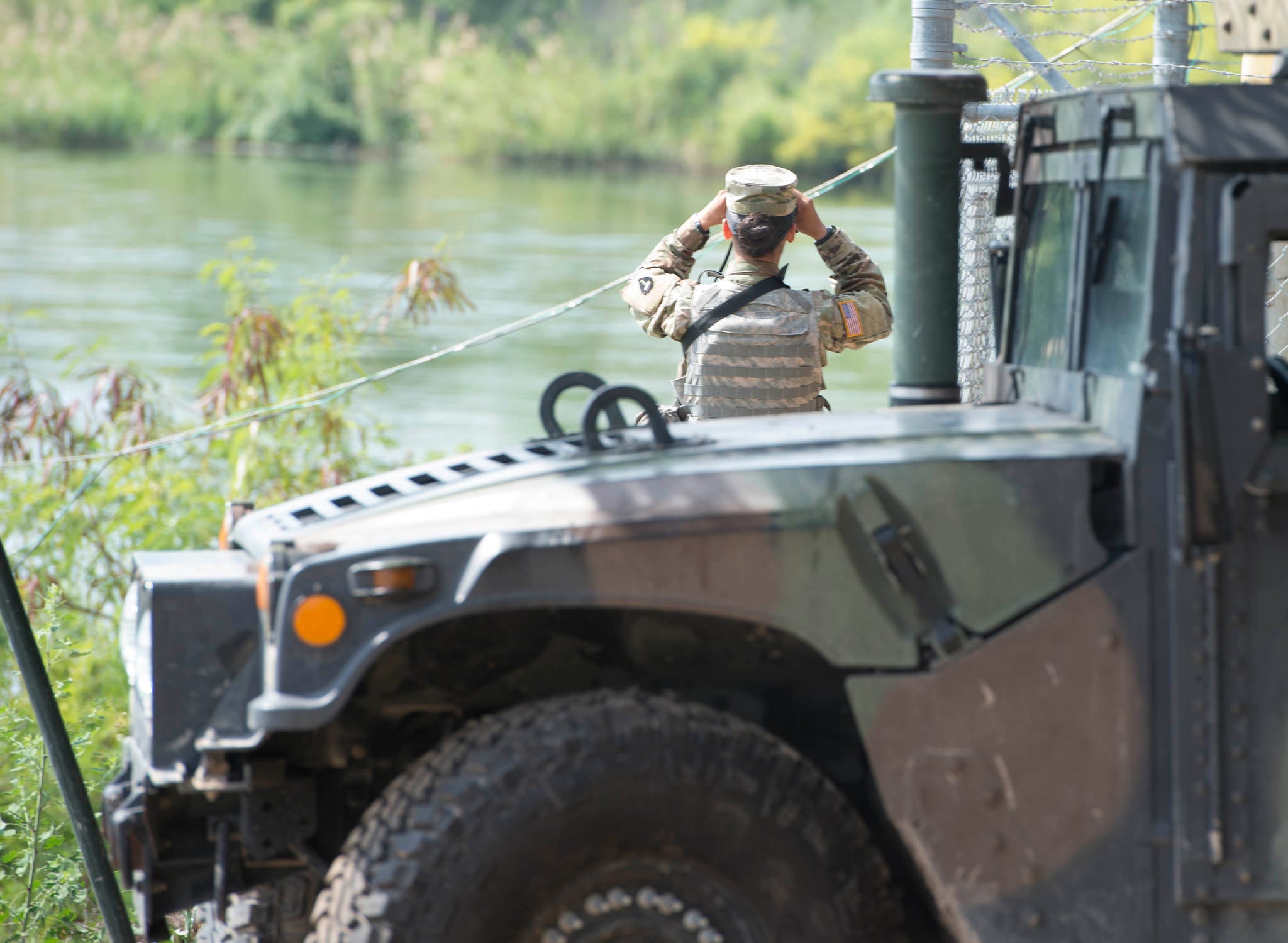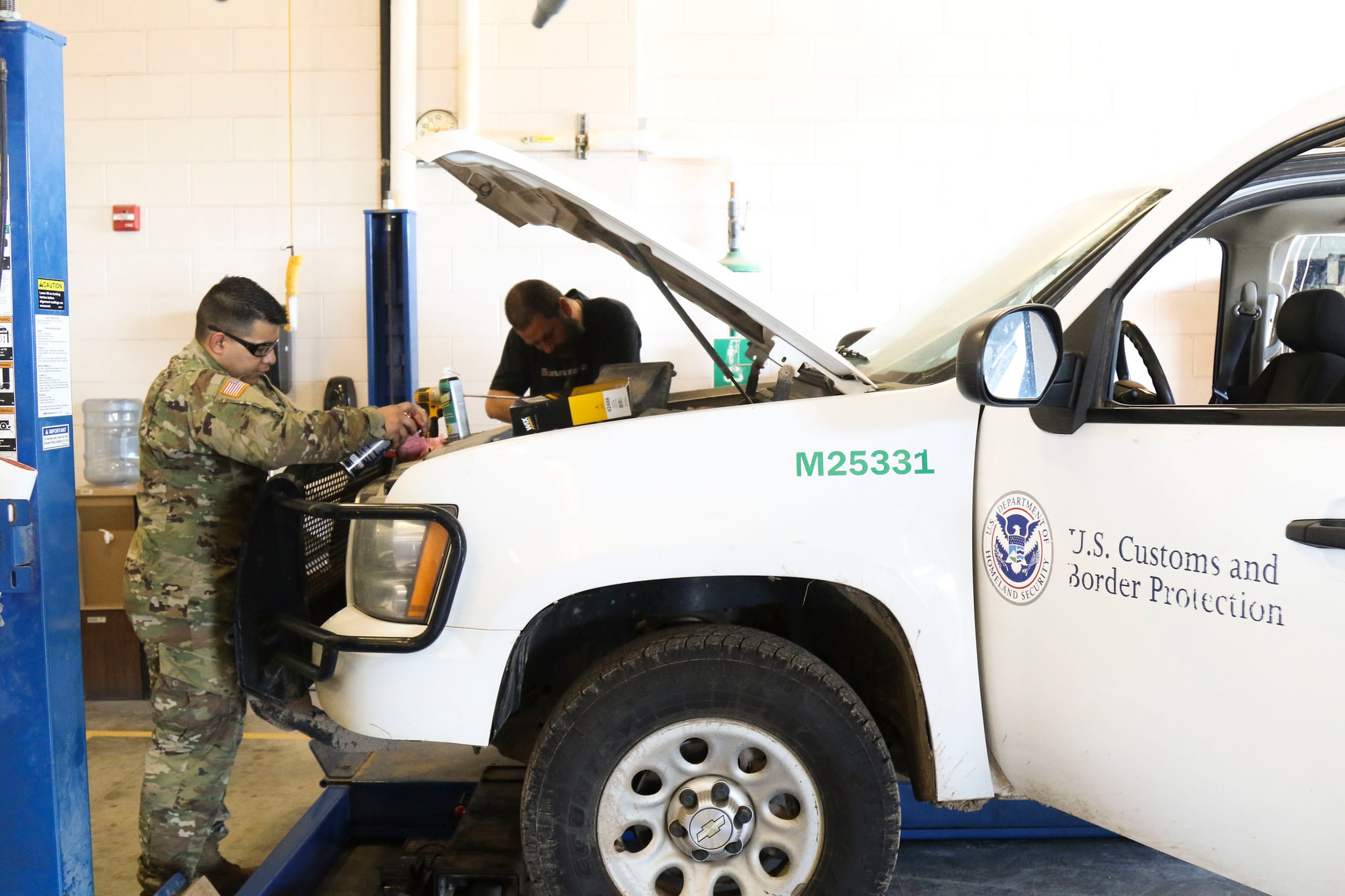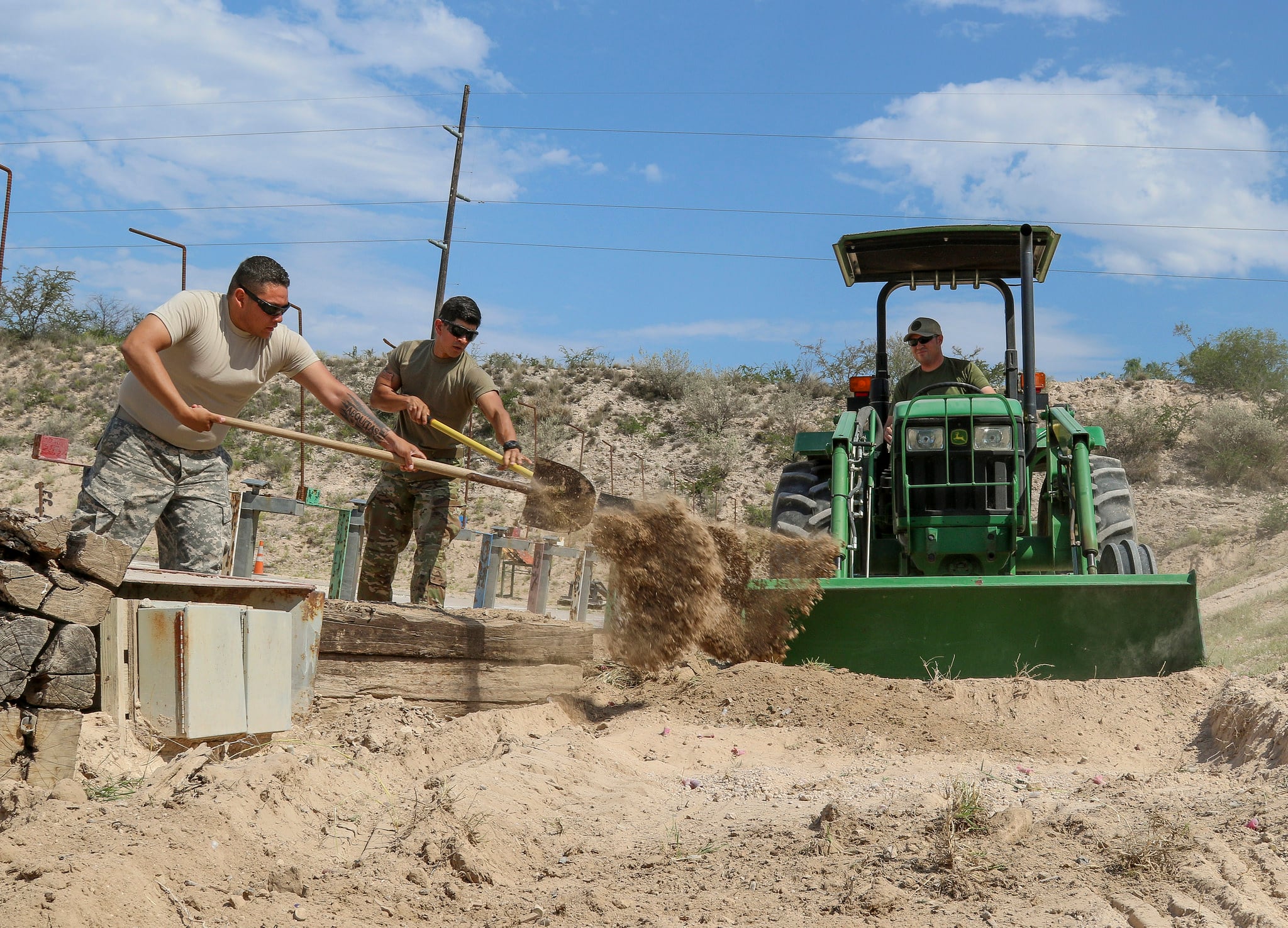The number of troops who will deploy to the U.S.-Mexico border will rise beyond the 5,239 personnel already on orders and expected to be in place within days, U.S. Northern Command chief Air Force Gen. Terrence O’Shaughnessy said Tuesday.
O’Shaughnessy did not have a cost estimate for the rapidly-growing — and without recent precedent — mission of dispatching thousands of active-duty forces to Texas, Arizona, New Mexico and California to counter a caravan of an estimated 3,500 migrants traveling from Central America.
“There will be an additional force, over and above the 5,239,” O’Shaughnessy said. “The magnitude of that difference, I don’t have an answer to right now.”
RELATED

Even though smaller numbers of active-duty forces have supported drug interdiction efforts on the border, they have not been the go-to to address immigration influxes, and certainly not in an order of this magnitude, border security experts said.
Responding to immigration influxes has typically been the purview of the National Guard, such as Operation Jump Start from 2006-2008 under former President George W. Bush, said William Banks, author of “Soldiers on the Home Front: The Domestic Role of the American Military” and the former director of the Institute for National Security and Counter-terrorism at Syracuse University’s College of Law.
In that operation, according to the National Guard Bureau’s historical services division, “as many as 6,000 National Guard men and women at any one time participated in the operation ... not to close the Nation’s border with Mexico but to make it more secure for legal immigration and commerce.”
The use of military troops to secure the border has been tightly monitored since a 1997 incident where U.S. Marines assigned to the border to support drug interdiction ended up firing on and killing an 18-year-old, Esequiel Hernandez Jr., a U.S. citizen who was herding goats along the border.
In addition, National Guard forces are under the control of their state governors, and in the spring, when President Donald Trump requested National Guard support to be sent to the Mexico border, several governors refused.
To date, only about 2,100 of the 4,000 National Guard billets authorized by Defense Secretary Jim Mattis in response to the president’s original request are filled.

This time, the president requested active-duty forces, and on Friday Mattis signed off on the new mission: Operation Faithful Patriot. The first 1,000 active-duty forces assigned to the mission are already in Texas, staging at Lackland Air Force Base in San Antonio, O’Shaughnessy said.
By the end of the week, Texas should see a total of 1,800 active-duty troops pulled from seven bases across the U.S. who will first get training, then deploy south to positions along the border in coordination with U.S. Customs and Border Patrol. More forces will quickly follow in Arizona, California and New Mexico to total the first 5,239 deployed, he said.
As of Monday, the caravan was still an estimated 1,000 miles away, traveling mostly on foot, a pace that would not bring those men, women and children to the U.S. border for weeks.
The active-duty deployed forces will be under the command of U.S. Army North commander Lt. Gen. Jeff Buchanan, and are expected to handle primarily background supportive tasks such as medical, airlift and engineering support, O’Shaughnessy said.
Those forces will operate under very specific rules of engagement, in case the deployed troops end up in situations with migrants instead.
RELATED

O’Shaughnessy said some of the troops will be armed.
“U.S. Customs and Border Protection personnel are absolutely the primary and principle members that will be handling specifically the migrants,” O’Shaughnessy said.
However, in the case of “incidental interaction,” there will be very specific rules of engagement drilled into the forces, he said.
Mattis has “made it very clear that we are able to train, that we are able to ensure that every airman, soldier, sailor, Marine going in there fully understands the rules for the use of force," O’Shaughnessy said.
That still leaves room for concern, said Mark Cancian, a retired Marine who has focused on the military’s border role as a senior adviser at the Center for Strategic and International Security.
"If you start seeing soldier patrols, that is a problem,” Cancian said. "Military soldiers, troops, are not trained in law enforcement.”
Instead of sending active-duty troops, the government should hire more trained agents, if that’s what’s needed, Cancian said.
“If you need 5,200 more personnel on the border, you should go out and hire 5,200 more Border Patrol,” he said.
But this deployment isn’t really about the military assisting in homeland defense, he said.
“This isn’t a military activity. This is a political activity,” Cancian said. “And you have to see it through that lens. It’s about politics and perception.”
“The president wants to make a political statement, and that’s what people are reacting to.”
Tara Copp is a Pentagon correspondent for the Associated Press. She was previously Pentagon bureau chief for Sightline Media Group.




